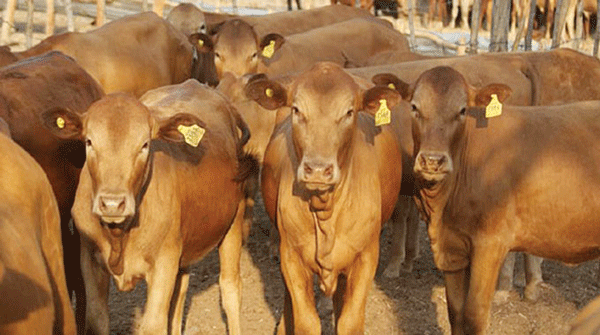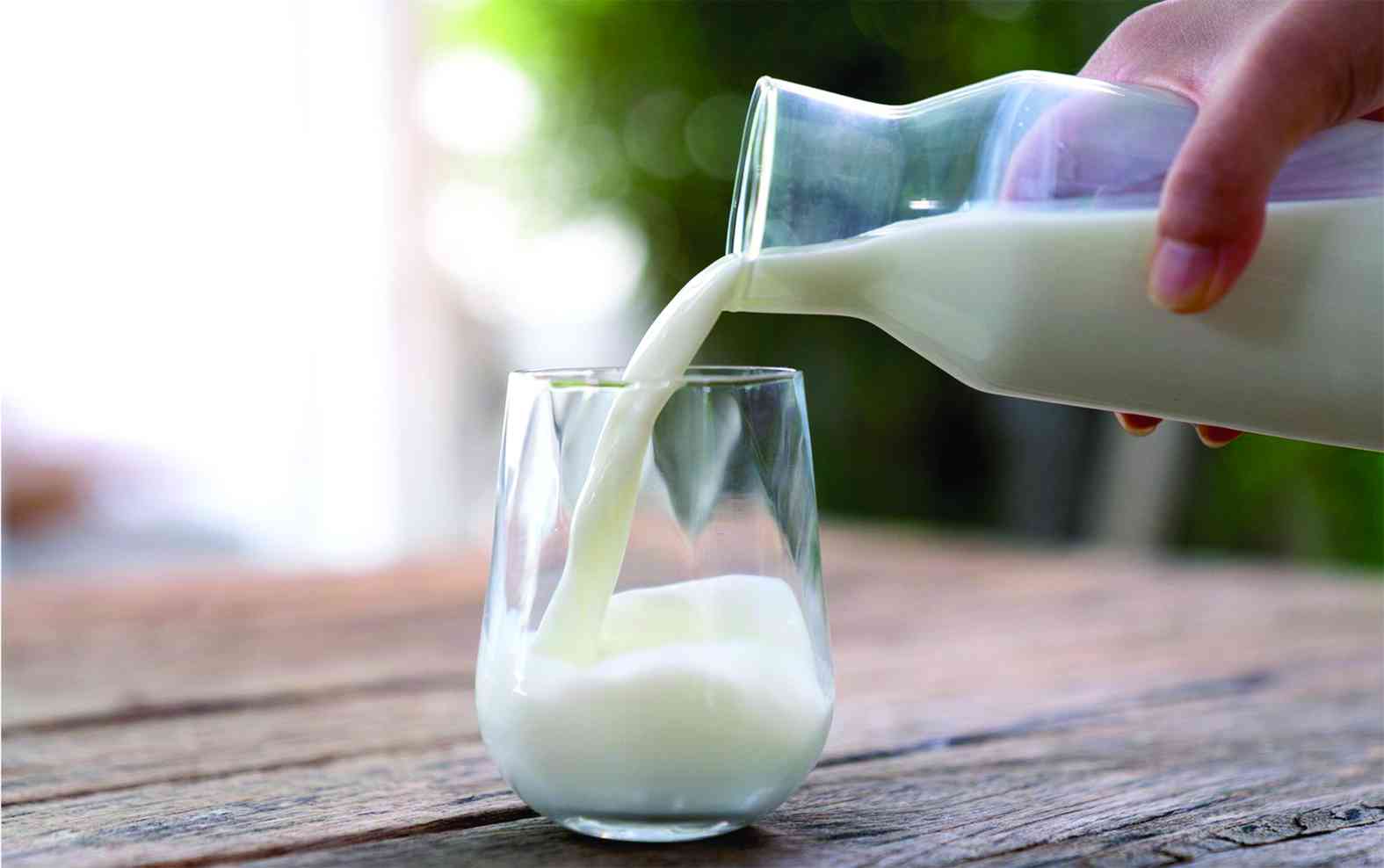
BY MTHANDAZO NYONI THE total number of cattle slaughtered during the first quarter of this year slightly fell slightly, by 1% to 82 350 compared to the previous period, as demand defies an escalating economic crisis.
A hyperinflation scourge, which has returned to haunt consumers in the past few months, has hammered disposable incomes, and consumption has been tepid across products.
But Zimbabwe, with a 5,5 million national cattle herd, is one of the region’s biggest markets for beef.
Apart from high consumption rates, Zimbabwe was one of the region’s biggest beef exporters before a foot and mount outbreak in the 1990s saw it losing lucrative European Union markets.
The State-run Cold Storage Company has struggled to return to its heyday since then.
The Finance ministry’s first quarter Treasury Bulletin confirmed yesterday that markets had been unfazed by the crisis, and instead of showing the same trends as in other products, been remained popular.
“During the first quarter, formal cattle slaughters slightly decreased by 1% to 82 350 from 83 168 slaughtered in the previous in quarter,” the report said.
“Higher slaughters could represent recovery in cattle herd and an indication of higher demand,” it added.
- Chamisa under fire over US$120K donation
- Mavhunga puts DeMbare into Chibuku quarterfinals
- Pension funds bet on Cabora Bassa oilfields
- Councils defy govt fire tender directive
Keep Reading
The livestock sector is a big part of the country’s economy in Zimbabwe and has always played a vital role in the economy, providing jobs to thousands, along with being a major source of farm income.
The report said the national cattle herd added 100 000 more cattle during the period 5,5 million.
The national herd was estimated at 5,4 million during the same period last year.
The report said livestock was generally in good condition during the period due to the availability of water and pastures.
However, the Treasury said agricultural activities during the 2021/22 farming season were affected by erratic rainfall patterns, which resulted in the write-off of the early planted crops.
The country experienced wetter than usual conditions, resulting in floods in some areas and later experienced a long dry spell during the period mid-February to end of March 2022, it said.
Furthermore, agriculture activities were also affected by higher input cost, particularly fertilizer prices, which surged substantially during the season.
According to the Meteorological Services Department, the country experienced wetter than average conditions at the beginning of the second half of the rainfall season of 2021/22, with some areas in the centre and north of the country receiving rainfall twice than usual.
However, at the end of the second half of the season, the long dry spells affected the south-eastern parts of the country while severe rainfall deficits continued across most parts of the country except for Matabeleland and the northern areas of Midlands.
Furthermore, the Tropical Storm Ana weather system, which affected the country in January 2022, caused destruction and damage in at least six provinces, with Manicaland the hardest hit, resulting in loss of property and destruction of infrastructure.
According to the first round crop and livestock survey, area planted during the 2021/22 agriculture season for most crops declined, notable being for pearl millet, cotton, sweet potatoes, cassava and maize.
In view of the poor rainfall season and the resultant lower planted area, output in the agricultural sector is expected to decline this year, also taking into account higher output recorded in the previous year.
Tobacco hectarage falls
Area planted under tobacco decreased by 11% to 110 770 hectares compared to 125 177 planted in the 2020/21 season.
“The decline is partly attributed to late onset of rainfall, resulting in late planting of the crop. In addition, false and flush ripening of the tobacco crop was experienced due to excessive rains received at the end of January,” it said.
In terms of marketing, the auction floors were opened on March 31, 2022, with deliveries of 80,5 million kg at average price of US$2,98/kg as at May 12.
However, milk production during the quarter increased by 20,8% to 21,5 million litres compared to the first quarter of 2021, where production stood at 17,8 million litres.
“The increase is attributed to ongoing dairy revitalisation efforts underway by government and private sector with the support of development partners. However, production fell by 2,3% compared to the fourth quarter of 2022, attributable to seasonality,” the report reads in part.
- Follow Mthandazo on Twitter@MthandazoNyoni











